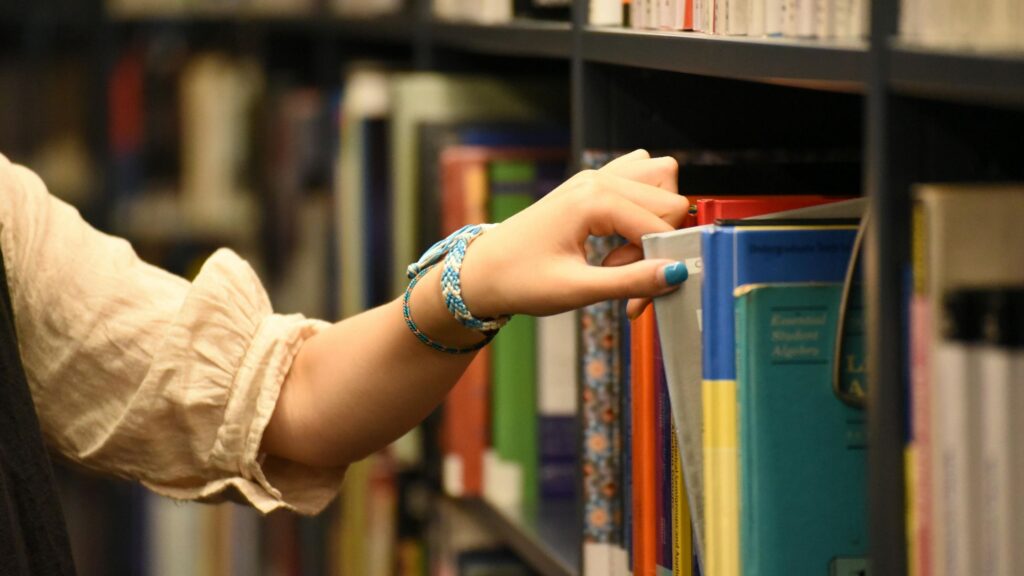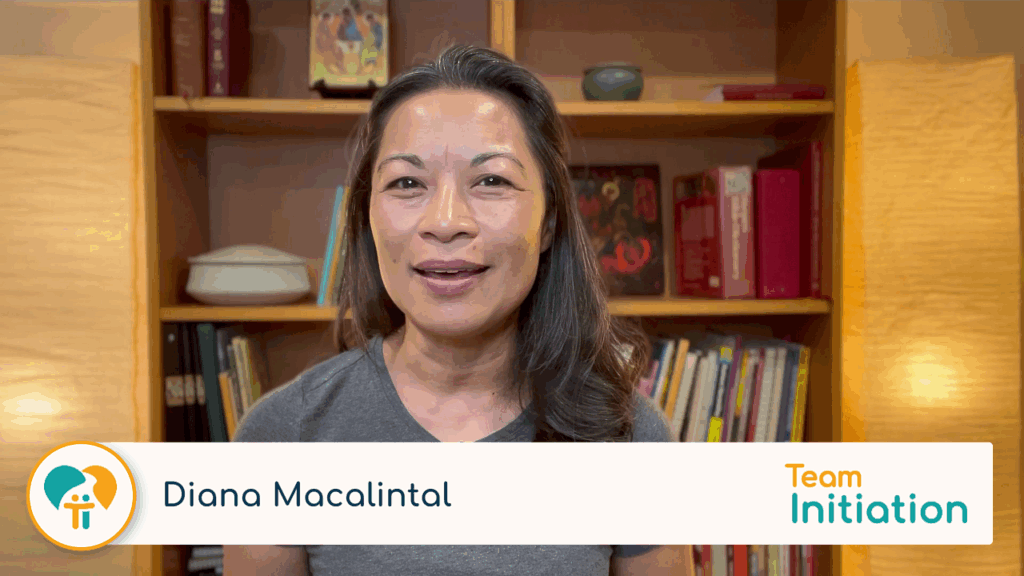When you think about the children’s RCIA process in your parish, are you fairly satisfied with the way it works? Or, are there aspects of children’s RCIA that are weak and need improvement?
Do you wish parents were more involved?
Do you wish the liturgical component was stronger?
Whether you are satisfied with your children’s RCIA or whether you are looking for ways to strengthen the process, here are six simple sure-fire ways to improve children’s RCIA in your parish.
1. Make time to talk individually, in person, to each parent/guardian at the beginning of the process
This is the single most important thing you can do to improve children’s RCIA.
If you are “really” doing children’s RCIA, then you are doing a precatechumenate that is different in design and purpose from the period of the catechumenate. And, in order to design a precatechumenate that fits the needs of the child, you must understand the family history and formational needs of the child.
For example, if Annie is unbaptized, but has been going to Church with Grandma for ten years, she probably doesn’t need an extended precatechumenate. On the other hand, if Annie is unbaptized and has rarely been in Church, then the precatechumenate period will likely be extensive.
Furthermore, the family’s religious history and formational needs are not something that can be easily discussed on the telephone or in a group meeting. If you already do these initial, individual conversations with parents, then I suggest you concentrate on using this family information to refine and improve what you do doing precatechumenate.
2. Do the minor rites
The minor rites (RCIA, nos. 81-105) are simple rituals that, when done well, add tremendous depth and reverence to the period of the catechumenate. At the end of your catechetical session, use one of the “Blessings of Catechumens” or “Minor Exorcisms” to close your session (RCIA, nos. 90-97). Everything is spelled out for you in the ritual text and a catechist can preside (see nos. 91, 96).
Practice your presiding skills in advance in front of a mirror.
[quote]
If possible, when you preside use the ritual edition (leather or cloth bound) of the Rite of Christian Initiation of Adults instead of your ratty, old paperback edition. Believe me; ending a session with a well-prepared minor rite improves your session tenfold!
3. Connect candidates to their peer companions
Including same age peer companions is a must in the children’s RCIA process (RCIA, nos. 252, 254). Here is a list of ways you can connect children in the RCIA with the baptized kids in the parish. Have the child candidates or catechumens participate in:
- Some of the appropriate First Communion or Confirmation preparation
- Service projects sponsored by religious education or youth group
- Junior high or high school retreats
- The Children’s Liturgy of the Word during Mass
- Occasional religious education sessions when it’s appropriate (National Statute, no. 19)
Also, invite companions to participate in your RCIA sessions. Companions might come on a regular basis as a type of “sponsor” for the children in the RCIA. Or, companions might come to RCIA on an occasional basis, depending on how your sessions are structured.
4. Include peer companions in the Rite of Acceptance into the Order of Catechumens
Another way to include companions is to be sure that at least some of the children’s companions are present at the rites. Companions are mentioned in the Rite of Acceptance (no. 269), although they do not have a specific role within the Rite.
I suggest you make a slight adaptation within the Rite and have the peer companions stand up with the candidates and their parents. During the “Receiving the Candidates/Children” (nos. 48, 262), have the companions come forward during the introduction of the children. Invite the companions to say why they believe Justin or Maddy or Anthony should be accepted as a catechumen.
Later in the ritual, after parents, sponsors, and/or catechists have signed the signed the senses of the candidates, have the companions do the same (nos. 55, 56, 267, 268).
Including companions in the Rite of Acceptance improves your children’s RCIA process in three ways.
- Helps the catechumens themselves feel more supported by their peers
- Gives the companions a specific and important role
- Gets more members of your parish involved in RCIA
5. Involve parents in discerning readiness for the rites
Another way to improve your children’s RCIA is to improve the way you discern the children’s readiness for the Rite of Acceptance and the Rite of Election. The RCIA mentions the bishop, priests, deacons, catechists, sponsors, godparents and the entire community as those responsible for determining readiness for the rites (nos. 43, 121).
In the case of young catechumens, certainly parents ought to be intimately involved in discerning whether or not their children are experiencing conversion.
There are several ways you can engage parents in the discernment process.
- You can give the parents some reflection questions several weeks in advance of the rites. These questions should help them to discern the signs of conversion their child is experiencing. Some of the questions might be designed to stimulate discussion between the parent and child.
- You could schedule individual appointments to talk with parents about their child’s readiness.
- You can design a group process whereby parents can give testimony about their child’s readiness for the rites.
6. Invite kids and families to the Easter Vigil
Perhaps the simplest way to improve children’s RCIA is to personally invite parish children and their families to the Easter Vigil. The more children and families we have at the Easter Vigil, celebrating the Sacraments of Initiation with children in the RCIA, the richer and better our celebrations will be. More children and families at the Vigil is not only a testament of gladness and support to the RCIA families, it’s a way to deepen the faith of our Catholic families.
When more kids and parents are at the Vigil, they experience the power of the liturgy, the sacraments, and the RCIA. This not only heightens awareness of children in the RCIA, it makes more parish children and families want to be a part of it.


















I have been raised Catholic and have been a practicing one for many years. I was flabergasted to find that the Church parades 7-year-olds in front of the congregation several times, forcing them to go through the same RCIA rituals as adults. Doesn’t the Church realize-after 2000 years-that little children ARE NOT ADULTS and become afraid and embarrassed under such circumstances? In addition, they are required to be confirmed long before they can make a true decision about the faith. Is there any way around this if a child wants to be baptised??
Maureen, the Church does indeed say very specifically and directly that the children in the RCIA, “cannot yet be treated as adults because, at this stage in their lives they are dependent on their parents or guardians…” (see no. 252). And, in no. 253 that we must adapt the entire process, including the rites, in such a way as to be appropriate for children. Furthermore, the rite suggests in no. 257 that children might need to celebrate the rites with a “suitable number” of members from the congregation rather than the entire assembly. In addition, the RCIA gives rites that are specifically designed for children, see no. 260ff.
With that said, in my twenty plus years of experience, I find that with proper preparation that most children are comfortable and in many cases, enjoy being part of the liturgical rites. I must also add that most people I talk to around the country agree that many children benefit from being with the Sunday assembly rather than in a small, more private celebration. When the children are surrounded by their parents, sponsors, and companions, as the rites call for, they feel loved and supported, rather then embarrassed or intimidated. For those children who may be overwhelmed by the rites, you can always have a small celebration, as no. 257 suggests.
Regarding the issue of making a “true decision” about Confirmation. Again, the RCIA is quite clear that children “who have attained the use of reason and are of catechetical age” follow the pattern of the ordinary catechumenate. They are to be “capable of receiving and nurturing a personal faith” (nos. 252, 253). In other words, in the eyes of the Church the children are capable of a personal faith and thus capable of making the baptismal promises for themselves. However, this process of conversion (no. 253) takes an extended period of time, including adequate discernment, before the children receive baptism, confirmation and eucharist (see nos. 253, 304 and canons 852, 866).
Hi Rita,
These tips are helpful. It is not a clear cut process for us as we might have 1 or 2 kids from our school each year and 1 or two from the parish. All of different age ranges. I have found your book, “When your Child becomes Catholic” to be helpful when speaking with parents. Where can I get more? Thanks.
Hi Aileen,The book is no longer in print, I am sorry to say. However, I have some copies I could send you. I’ll contact you via your email. Thanks,
Rita